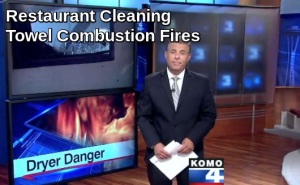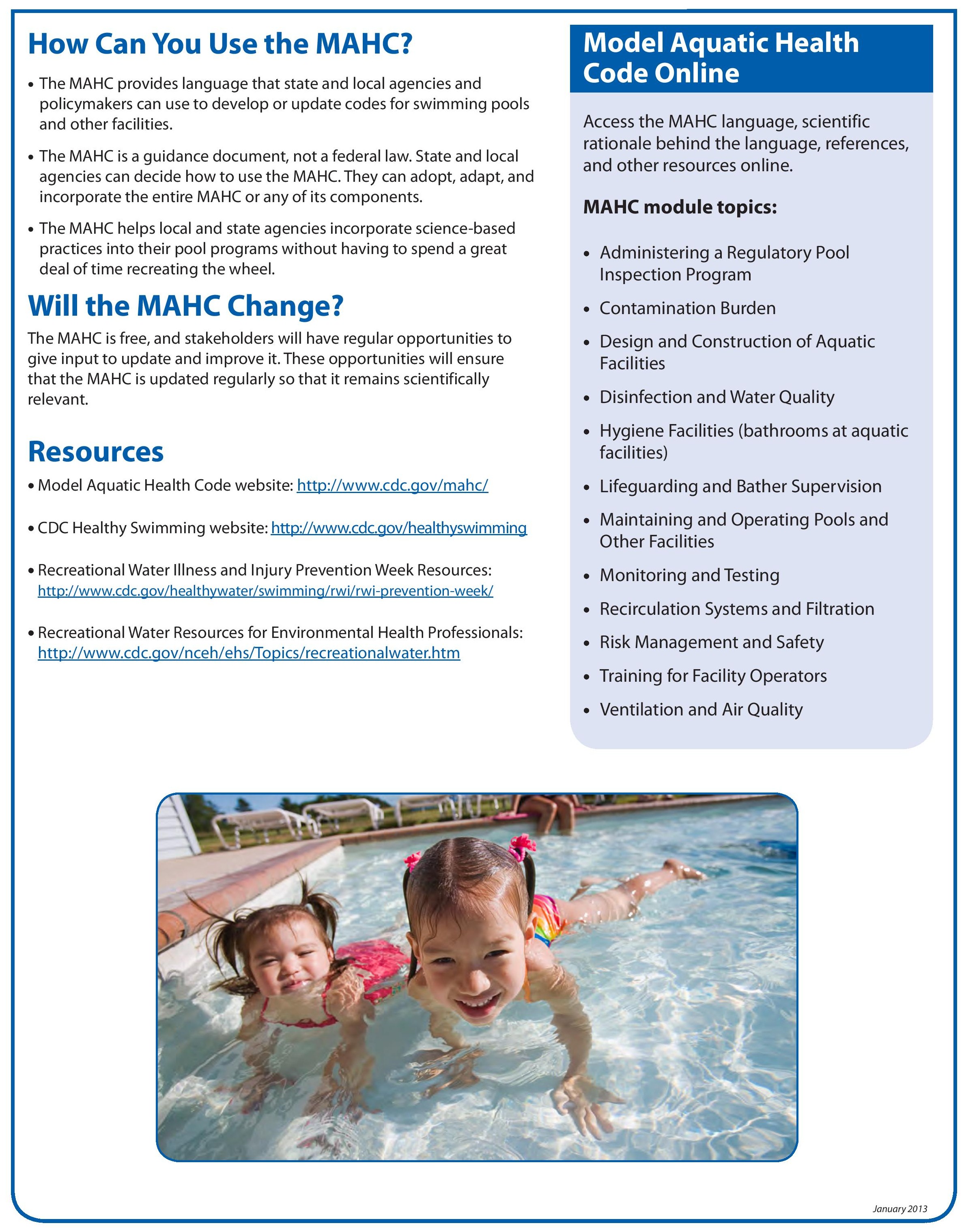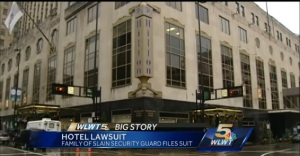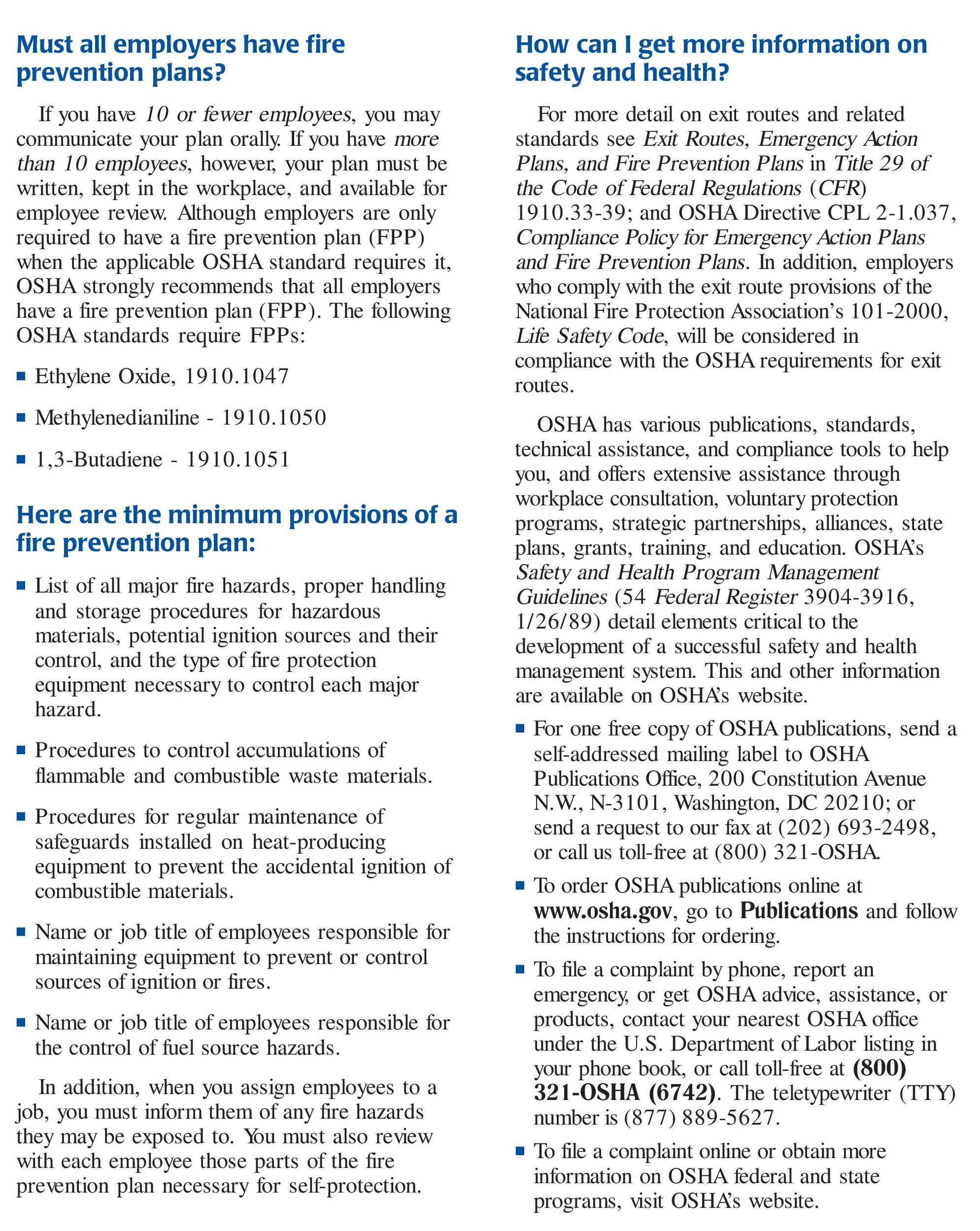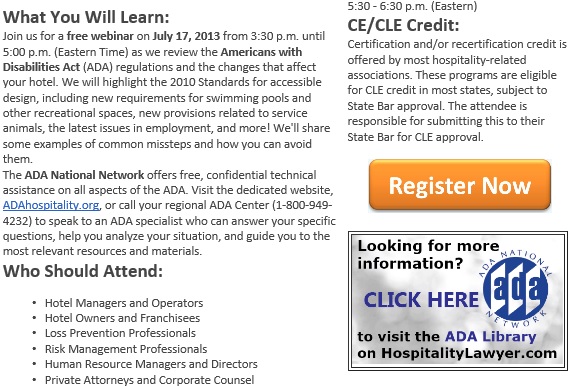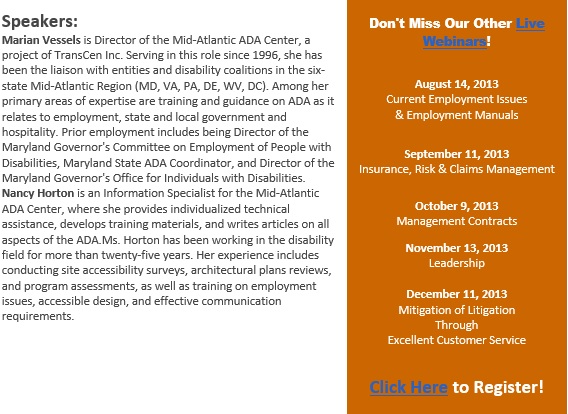“…An electrical short in an ice maker caused the fire…the restaurant’s sprinkler system did go on, but not right away..Damage to the structure and contents is 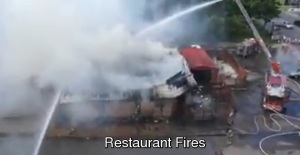 estimated to be about $75,000 and loss of business about $10,000, fire officials said…”
estimated to be about $75,000 and loss of business about $10,000, fire officials said…”
A fire at Gordon Biersch Brewery Restaurant in Mission Valley was swiftly knocked down Sunday afternoon by an engine company that happened to be in the restaurant parking lot dousing a car fire, the San Diego Fire-Rescue Department reported. About 1:15 p.m., the restaurant manager hailed the fire crew in the parking lot at Mission Center Road near Camino de la Reina. Firefighters found waist-high smoke and flames in the kitchen, said San Diego fire department spokesman Maurice Luque.
About 200 diners and Gordon Biersch staff were evacuated and no injuries were reported, Luque said. The restaurant was closed for business for the rest of the day.
Per procedure, the San Diego County Department of Environmental Health was notified and will inspect the restaurant to determine when it is safe to reopen for business, Luque said.
For more:Â http://www.utsandiego.com/news/2013/aug/18/gordon-biersch-fire-icemaker/

